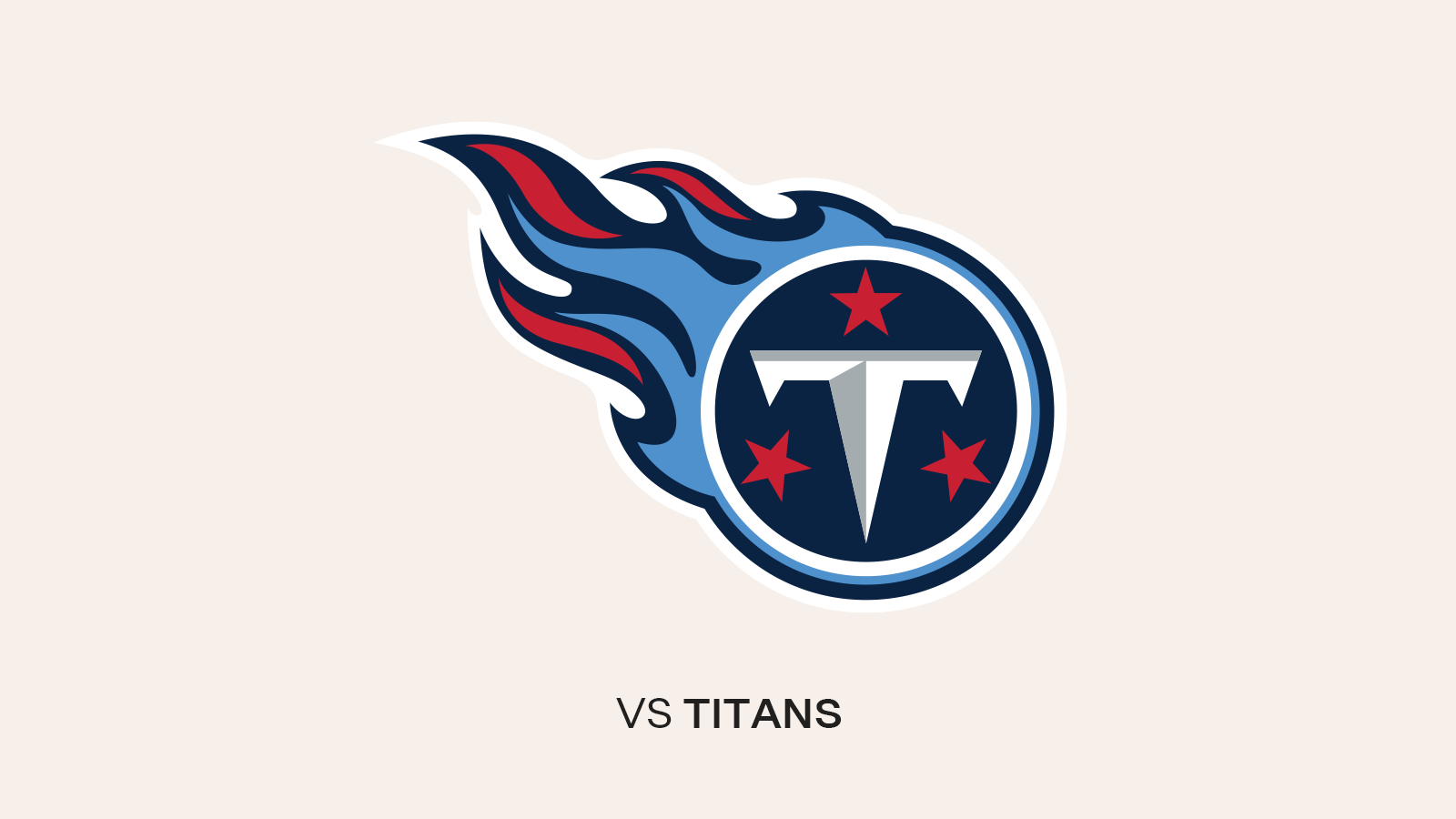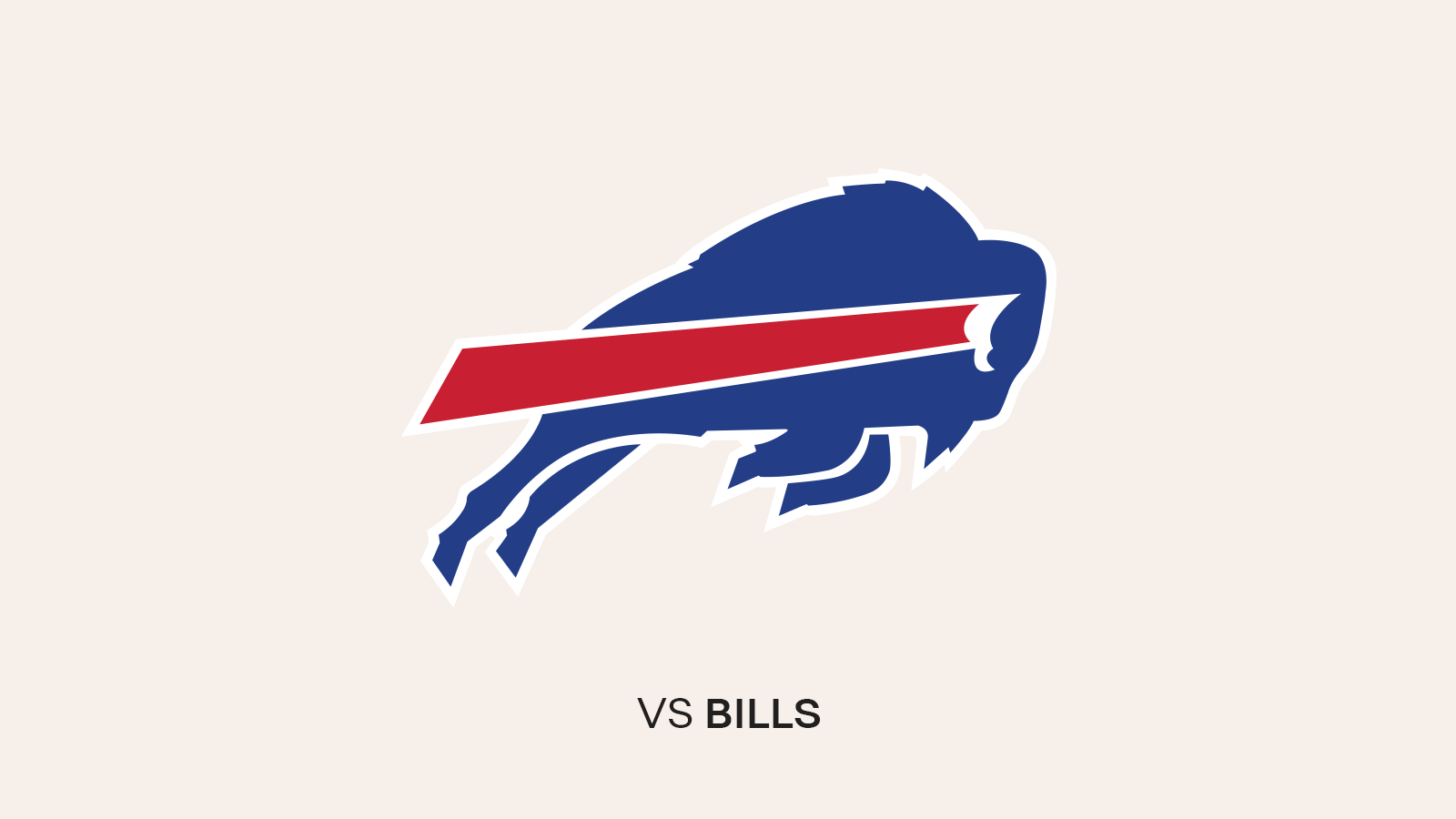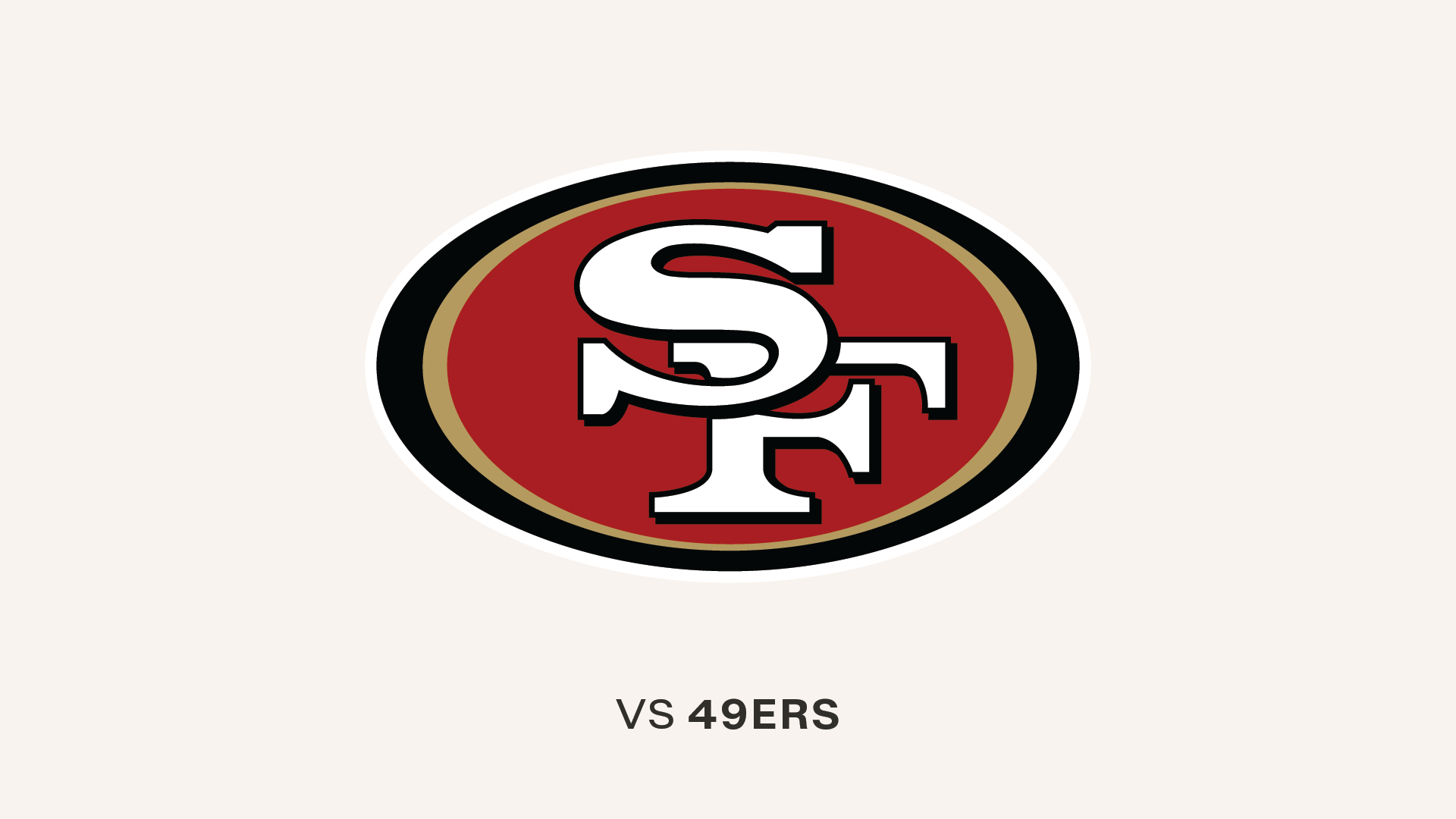The 2002 Tampa Bay Buccaneers were really good, as is evidenced by the trophy case in the lobby of the AdventHealth Training Center. The defense was loaded, the quarterback was efficient and the offensive line hit its stride at just the right time. Two members of that Super Bowl-winning team are in the Hall of Fame, and more could follow.
As great as that team was, it only had one player who led or tied for the league lead in any of what might be considered its main statistical categories. Brian Kelly snared seven interceptions to tie Oakland's Rod Woodson for the league high that year. If you expand the view to include a wider variety of stats, then you also find Derrick Brooks at the top of the non-offensive touchdown list that season. He famously had four, plus a fifth in the Super Bowl.
Here's an incomplete list of Buccaneers who have led the NFL in statistical categories, major and minor, through the years:
- Ronde Barber tied for the NFL lead with 10 interceptions in 2001, matching the total of Cleveland's Anthony Henry. That's also a single-season Bucs record. Donnie Abraham tied for the league lead with seven picks in 1999.
- Abraham, one of the franchise's more underrated players, also led the NFL in passes defensed in both 2000 and 1999 (tying for the lead in 2000). Brent Grimes recently did the same thing in 2016, with 24.
- Wayne Haddix led the NFL with 231 interception return yards in 1990, an incredibly fluky occurrence given that he recorded all seven of his career interceptions that year.
- Hardy Nickerson tackled everyone in 1993, his first year as a Buc, and finished with a league-best 214. Derrick Brooks took that category in 1998 with 158. Of course, tackles were not even remotely an official statistic in the 1990s.
- Dan Stryzinski and Dave Garcia led the NFL in punts in 1993 and 1983, respectively, which is…actually not a good thing.
- Mark Jones led the NFL in punt return with 51 in 2005, which is…actually a good thing as it was the result of the league's top-ranked defense. Danny Reece also led the NFL in this category in 1979 and 1980, mainly because he had a virulent fair catch allergy.
- Clifton Smith led the NFL in kickoff return average in 2009 with a 29.1-yard mark, on his way to the Pro Bowl as an undrafted rookie.
- James Wilder led the league in rushes in 1984, with a then-record 407. He also had 85 catches, but he did not lead the league in rushing yards or yards from scrimmage because of some guy named Eric Dickerson.
- Broderick Thomas led the NFL with seven forced fumbles in 1991.
We could go on with some more leaders here and there, but as long as we do, we're not going to come across a league leader in passing yards. No Buccaneer has ever done that. Brad Johnson led the league in pass attempts in 2003, thanks to an anemic rushing attack, but not passing yards. The Buccaneers as a team led the NFL in passing yards just last year, but it was too split up between Jameis Winston and Ryan Fitzpatrick to create an individual league leader. Tampa Bay had 5,358 gross passing yards; Pittsburgh's Ben Roethlisberger had 5,129 on his own.
Perhaps 2019 will be different. All this week we're looking at potential first-time accomplishments for the Buccaneers and their players in 2019. We've already discussed the possibility of a first Tampa Bay regular-season win outside of the United States, an AP First-Team All-Pro selection at wide receiver, an AP Defensive Rookie of the Year winner and a tight end with 10 touchdowns. Now we wrap up the week of speculation with the thought of a Buccaneer atop one of the league's major statistical rankings.
POTENTIAL BUCCANEER FIRST: THE LEAGUE LEADER IN PASSING YARDS
First, let's set the tone with this assertion: This is not a far-fetched idea. We say that for two reasons.
One: The 2018 passing numbers we just noted above. Winston supplied about 56% of them, Fitzpatrick the rest. If either quarterback had started all 16 games, it's entirely possible that he would have individually racked up something like the team's final total, considering the unchanging cast around him. The entire 5,358 yards might be a bit of a stretch for Winston because Fitzpatrick started the season with three straight 400-yard games. Winston didn't have any 400-yard games, though he did hit 395 in his first start.
Two: Winston has already cracked 4,000 passing yards in a season twice, in 2015 and 2016. Now, in neither occasion did that get him particularly close to the league lead, as Drew Brees went off for 4,870 and 5,208 yards in those two years, respectively. Winston will have to add a sizeable chunk of yards to his best year yet in order to have a real shot at the lead, but at least we're not talking about a quarterback with a career-high of 3,000 suddenly going off.
The arrival of Bruce Arians might be the very thing that will allow Winston to add that chunk. Carson Palmer's single-season high in passing yards prior to joining Arians in Arizona was 4,131, in 2007, and he had followed that up with just one 4,000-yard season in the next five. In Palmer's first year with Arians, he jumped to 4,274 yards, and after an injury-plagued 2014, ballooned to 4,671 yards, which ranked fourth in the NFL, less than 200 yards behind the leader. Which, again, was Drew Brees. Palmer had another 4,233 yards in 15 games in 2016.
Like Palmer, Winston is a former number-one-overall draft pick. He doesn't yet have Palmer's entire NFL resume, but he's off to a good start, at least in terms of yards and touchdowns. Palmer averaged 244.2 passing yards in his first four seasons; Winston is at 261.2 so far. Yes, the NFL's overall passing numbers have continued to rise since Palmer joined the league in 2004, but that's kind of the point.
The main problem for Winston in this quest (which is ours, as a thought project, surely not actually his goal) is that man we mentioned earlier, Ben Roethlisberger. Not to mention Kansas City's Patrick Mahomes and Atlanta's Matt Ryan, all of whom topped 4,900 passing yards last season. And you can't ever count out Drew Brees, even as the Saints' offense has gradually found more of a run-pass balance in the last couple years. If we don't envision Winston jumping all the way to 5,000 yards – he could, but it's an awfully bold prediction – then we need to have the leader come in more around 4,500 or 4,600 yards. Just two years ago, in 2017, Tom Brady led the league with 4,577.
So maybe the Steelers' passing game will be a little less prolific without Antonio Brown. Maybe Matt Ryan will be more like the quarterback who threw for "only" 4,095 yards in 2017. Maybe the Chiefs will be less explosive if Tyreek Hill misses any significant amount of time. The retirement of Rob Gronkowski surely can't help Brady's numbers. Brees's 5,000-yard days (of which there were somany), may finally be behind him.
Arians plans to be aggressive on offense, as he always has been. He likes to take deep shots. He believes in Jameis Winston and he specifically believes that he and his coaches can improve Winston's touch on long passes. Perhaps Winston's career will resemble that of Matt Ryan, who had four good seasons to start his career, topping out at 4,177 yards in 2011, and then exploded for 4,719 passing yards in his fifth year.
There are so many potential competitors for the top spot that it would seem foolish to predict that Jameis Winston will become the league's leader in passing yards in 2019. But it's not out of the question, and if it happens, Winston would accomplish something no other Buccaneer ever has.
































